Sarah Sundin's Blog, page 6
August 15, 2025
Today in World War II History—August 15, 1940 & 1945
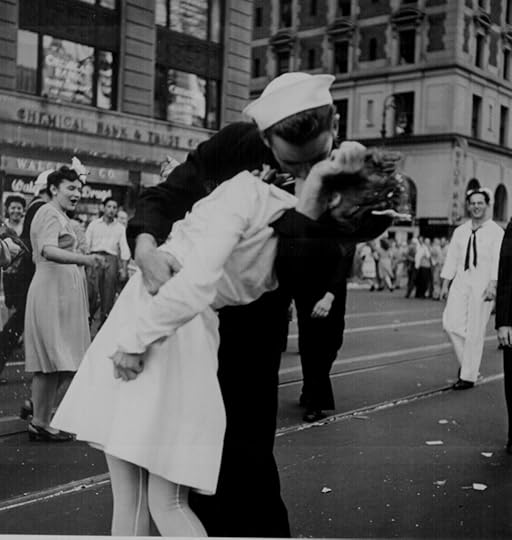
The famous kiss at Times Square, New York City, 14 Aug 1945 (Photographer: Victor Jorgensen; US National Archives: 80-G-413998)
85 Years Ago—Aug. 15, 1940: German Luftwaffe flies 1,786 sorties against Britain, the highest number of the Battle of Britain, for the first time sending bombers from bases in Norway.
Luftwaffe’s “Black Thursday”: Germany loses 76 aircraft, while the RAF loses 34, plus 75 destroyed on the ground.
Off Greece, Italian sub Delfino sinks WWI-era Greek cruiser Helli to try to provoke Greece into the war.
First edition of Belgian underground resistance newspaper La Libre Belgique, a bimonthly paper with a circulation of 70,000, which runs through September 1944.
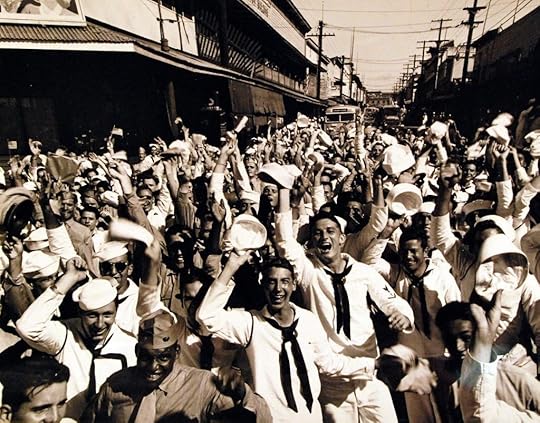
Victory celebration, Waikiki, Oahu, US Territory of Hawaii, 15 Aug 1945 (National Museum of the US Navy: 80-G-332789)
80 Years Ago—Aug. 15, 1945: V-J Day (Victory over Japan) is celebrated in US and Britain, V-P Day (Victory in the Pacific) in Australia.
US accepts Japanese surrender, and hostilities cease.
Emperor Hirohito announces the surrender to the Japanese people, the first time they have heard his voice.
US Navy Task Force 38 aircraft strike Tokyo airfields before the surrender is announced—US Navy pilots have downed 6,800 Japanese aircraft since Pearl Harbor.
The post Today in World War II History—August 15, 1940 & 1945 first appeared on Sarah Sundin.August 14, 2025
Today in World War II History—August 14, 1940 & 1945
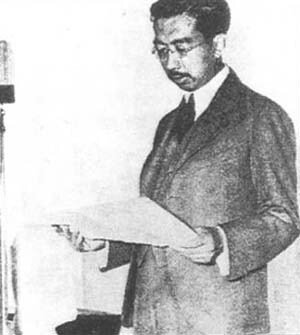
Emperor Showa (Hirohito) recording the surrender speech, Tokyo, Japan, 14 Aug 1945, to be broadcast the next day (public domain via Wikipedia)
85 Years Ago—Aug. 14, 1940: As Italians advance in British Somaliland, British evacuate Berbera, the capital.
A Hudson bomber crashes in Canberra, Australia, killing top Army officers and government ministers.
IRA Chief of Staff Sean Russell dies of a perforated ulcer on a German U-boat en route to Ireland to ignite a coup.
80 Years Ago—Aug. 14, 1945: Japanese military coup and assassination attempt on Emperor Hirohito fails, and Hirohito signs acceptance of unconditional surrender.
In last US Army Air Force fighter engagement of WWII, P-38s down 5 Japanese Ki-84s off Honshu; USAAF pilots have downed 5,214 Japanese aircraft since Pearl Harbor.
Emperor Bao Dai of Indochina tears up treaties with French from 1862 and 1874 and proclaims Vietnamese sovereignty.
US government orders resumption of civilian car manufacturing.
The post Today in World War II History—August 14, 1940 & 1945 first appeared on Sarah Sundin.August 13, 2025
Army Nursing in World War II – Nursing Practice
 During World War II, members of the US Army Nurse Corps took care of the sick and wounded throughout the world, often in dangerous and difficult conditions. These brave women inspired four of my novels (A Memory Between Us and the Wings of the Nightingale series), so I’m sharing a four-part series on US Army nursing during the war.
During World War II, members of the US Army Nurse Corps took care of the sick and wounded throughout the world, often in dangerous and difficult conditions. These brave women inspired four of my novels (A Memory Between Us and the Wings of the Nightingale series), so I’m sharing a four-part series on US Army nursing during the war.
Part 1: Who Could Serve in the US Army Nurse Corps
Part 2: Recruitment, Training, and Military Rank
Part 3: Uniforms
Part 4: General Nursing Practice
US Army Nurse Corps in World War II – General Nursing PracticeWard ManagementOn the hospital ward, the nurse was in charge, under the authority of the physician. She was assisted by male medics, who were enlisted men. In stateside hospitals, female Red Cross nurses’ aides also served.
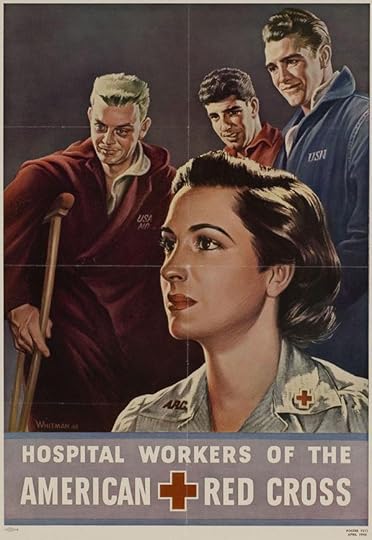
Poster for American Red Cross Hospital Workers, April 1943
Physicians entered the Medical Corps with the rank of captain and only male physicians were admitted to the Corps. As was typical in the 1940s, physicians expected unquestioning, speedy obedience from nurses. However, the war shook things up. The necessities of combat meant nurses were often asked to perform new tasks and were given more authority, especially in combat zones. For the first time, nurses administered anesthesia and gave intravenous medications and fluids. Also, flight nurses were completely in charge during flight and had authorization to treat many medical emergencies.
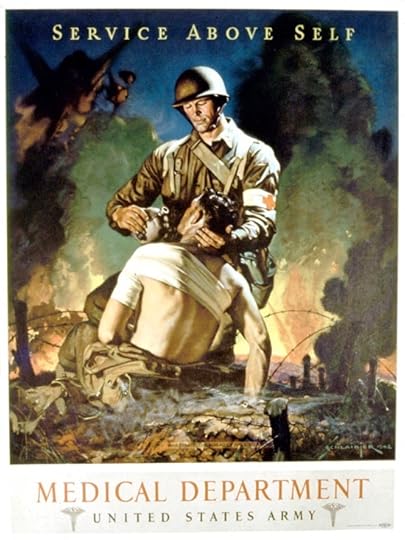
Poster for the US Army Medical Department, WWII
For more about medical air evacuation and flight nurses, please see my blog series:
Medical Air Evacuation in World War II
Medical Air Evacuation in World War II–One Patient’s Journey
Medical Air Evacuation in World War II–The Flight Nurse
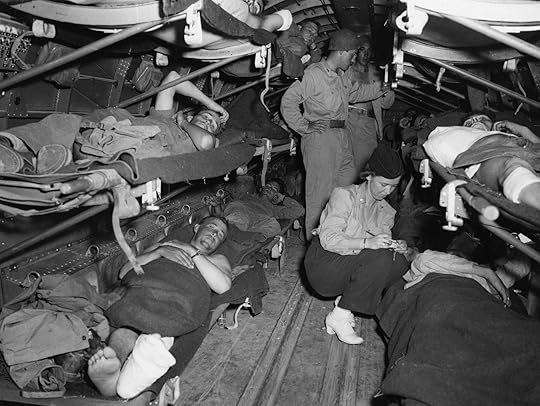
Lt. Katye Swope of the 802nd Medical Air Evacuation Transport Squadron checks patients being evacuated from Agrigento, Sicily to North Africa for further medical treatment, 25 July 1943 (US Air Force photo 25749AC)
Nursing DutiesThe nurse was responsible for keeping the ward properly heated and ventilated, and for cleanliness, orderliness, and quiet—often difficult in combat theaters. She and the medics changed linens and helped the patients bathe, shave, brush teeth, change clothes, and use the bedpan or urinal. They served food and helped the sicker patients eat. Alcohol rubs were given to relax patients and prevent bed sores.
Nurses took careful notes, stored by the bedside, to monitor patient health. TPRs (Temperature, Pulse, and Respiration) were recorded at regular intervals, at least twice daily. A glass mercury oral thermometer was used. Blood pressure was measured in certain patients as well.
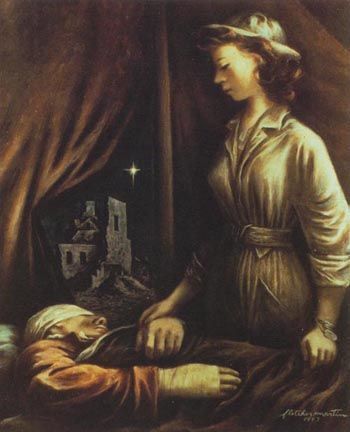
“GI Angel” by Fletcher Martin, depicting an Army nurse in North Africa, 1943 (US Army Medical Department, Office of Medical History)
Physicians relied on the nurse’s assessment of patient symptoms—signs of bleeding or infection, weakness, restlessness, anxiety, coloring, mental condition, speech, condition of the eyes and tongue, appetite, bowel and urinary functions, coughing, and pain.
Nurses were vital members of the operating room team, and in combat theaters, they often learned to administer anesthesia, close wounds, and perform other tasks.
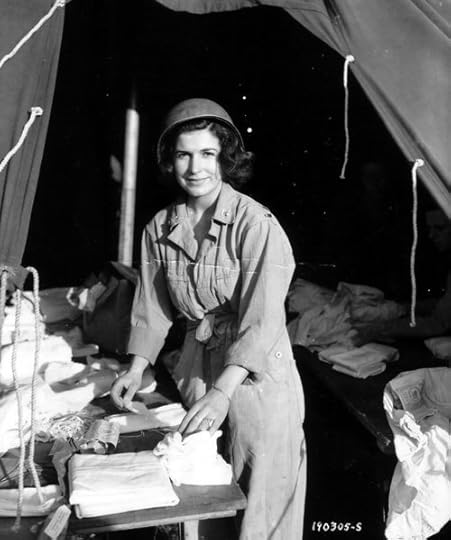
US Army nurse preparing dressings, 15 June 1944, 13th Field Hospital, St.-Laurent-sur-Mer, Normandy (US National Archives: 190305-S)
Medication AdministrationMedications were stored in the ward in a locked cabinet. The nurse was responsible for the key, but medics were allowed to access and administer medications in most instances. Nurses were trained to give medicine by mouth, hypodermic (now called subcutaneous), intramuscular, topical (on the skin), and by enema. Intravenous medications were to be given only under the direct supervision of a physician; however, exceptions were made in the combat theaters and for flight nurses.
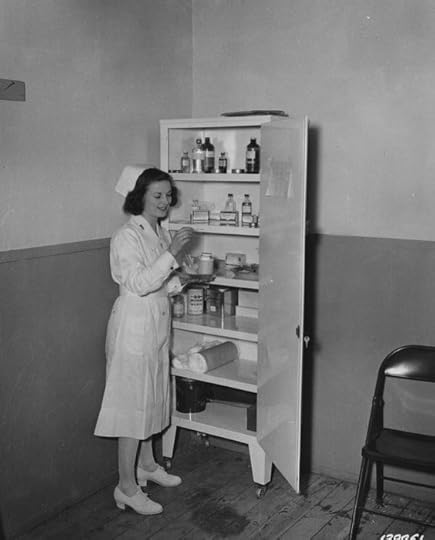
Army Nurse Betty Evans checks thermometers by the medication cabinet, 8 April 1942, Iceland (US Army Medical Department, Office of Medical History)
This was long before our disposable, single-use, “universal precautions” era. Syringes were made of glass and were sterilized in bichloride of mercury before reuse. Gloves were washed and reused—and holes were even patched.
Improvisation was the rule, especially in combat areas, and nurses used their creativity and imagination to turn trash into useful items.
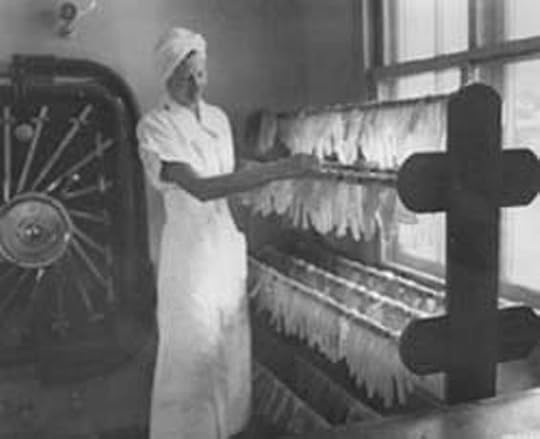
Army Nurse Bernice Simmet selects a pair of rubber gloves, Fort Benning GA, 20 July 1941 (US Army Medical Department, Office of Medical History)
Sources:Tomblin, Barbara Brooks. G.I. Nightingales: the Army Nurse Corps in World War II. Lexington: University Press of Kentucky, 1996. (A wonderful history, including all theaters, full of personal stories).
Technical Manual TM 8-220: Medical Department Soldier’s Handbook. Washington DC: War Department, 5 March 1941. (The official Army handbook used by medics, which contains a lot of information on nursing duties).
The post Army Nursing in World War II – Nursing Practice first appeared on Sarah Sundin.Today in World War II History—August 13, 1940 & 1945
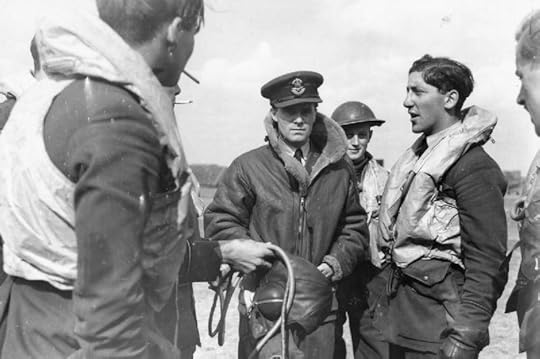
Spitfire pilot of RAF No.610 Squadron recounts how he shot down a Messerschmitt Bf 110, Biggin Hill, September 1940 (Imperial War Museum: HU 104450)
85 Years Ago—Aug. 13, 1940: “Adlertag” (Day of the Eagle): In the Battle of Britain, Luftwaffe flies 1,485 sorties to Britain, destroying 47 RAF aircraft on the ground and 13 fighters in combat, but loses 45 aircraft.
Vichy France bans all political parties, Freemasonry, and secret societies, and orders arrest of communists.
80 Years Ago—Aug. 13, 1945: Lt. Oscar Perdomo of US 507th Fighter Group becomes the last ace of the war when he shoots down 5 Japanese fighters over Kyushu.
A US OA-10A aircraft rescues a downed air crew from inner Tokyo Bay, the first time a US plane has accomplished a rescue in those waters.
Movie premiere of musical Ziegfeld Follies, starring Fred Astaire, Lucille Ball, and an all-star cast.
The post Today in World War II History—August 13, 1940 & 1945 first appeared on Sarah Sundin.August 12, 2025
Army Nursing in World War II – Uniforms

During World War II, members of the US Army Nurse Corps took care of the sick and wounded throughout the world, often in dangerous and difficult conditions. These brave women inspired four of my novels (A Memory Between Us and the Wings of the Nightingale series), so I’m sharing a four-part series on US Army nursing during the war.
Part 1: Who Could Serve in the US Army Nurse Corps
Part 2: Recruitment, Training, and Military Rank
Part 3: Uniforms
Part 4: General Nursing Practice
US Army Nurse Corps in WWII – UniformsWard and Dress UniformsAt the beginning of the war, nurses wore a white ward dress with the white nurse’s cap on the ward. For outdoor use, they were also issued a set of “dress blues,” a dark blue service jacket and a medium blue skirt, a white or blue shirt, black tie, black shoes, and a dark blue garrison cap or service cap. This uniform is pictured on the cover of my novel A Memory Between Us. A dark blue cape lined with red and an overcoat were also used for outdoors wear.
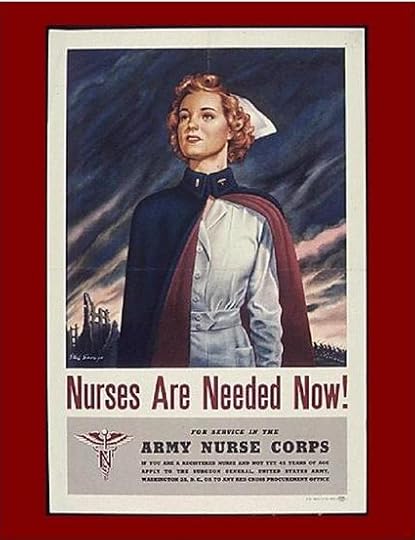
US Army Nurse Corps recruiting poster, WWII, showing the white ward dress, and the blue-and-maroon cape.
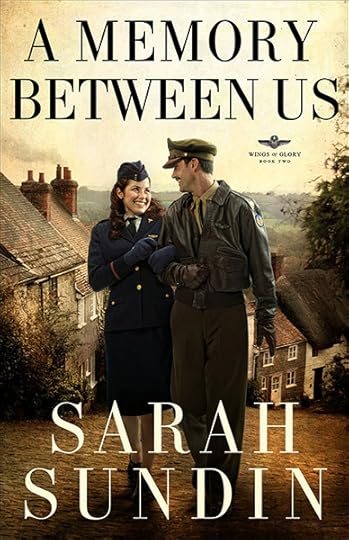
A Memory Between Us, by Sarah Sundin, showing the US Army Nurse Corps dress blues uniform from WWII
Starting in July 1943, the blue uniform was replaced with an olive drab service jacket and skirt and cap, khaki shirt and tie, and brown shoes—but implementation was slow and sporadic. It was first issued for overseas use, and later for stateside use, with conversion complete by June 1944.

US Army Nurse Corps recruiting poster, showing the olive drab dress uniform worn starting in 1943 (Poster 710-A, June 1943)
Field UniformsIn combat areas, white ward dresses and skirted suits were absurdly impractical, but the Army was slow to provide appropriate clothing for women. In 1942 during the early campaign in North Africa, the women resorted to wearing men’s herringbone twill fatigues and boots—in men’s sizes.
The Army then provided brown-and-white seersucker ward outfits. Although seersucker is easily laundered, the nurses didn’t care for it, since seersucker was traditionally worn by nurse trainees. The wraparound dress was unpleasant to wear in windy conditions, so a skirted outfit and a trousers outfit in seersucker were provided by August 1943. A matching jacket was issued to convert to outdoor use. The seersucker uniform was worn with brown shoes and hat.
The nurses were eventually issued WAC (Women’s Army Corps) field uniforms and the popular Parson’s field jacket, which were better accepted.
To learn about uniforms worn by flight nurses in World War II, please see Medical Air Evacuation in World War II–The Flight Nurse.
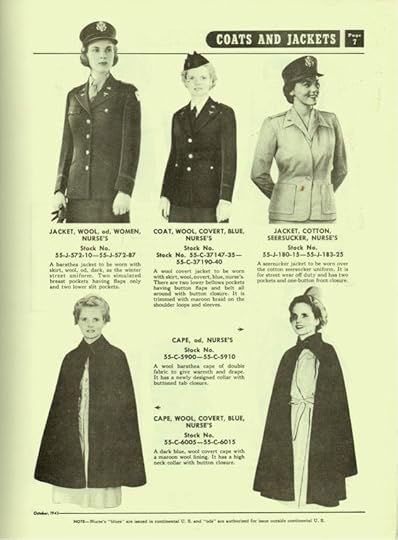
US Army Quartermaster supply catalog QM 3-2, 7 October 1943, showing the olive drab and blue dress uniforms, the seersucker uniform, the white ward dress, and the cape (Source: US Army Service Forces)
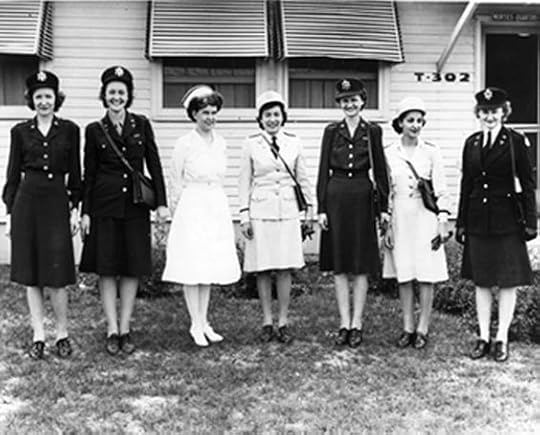
The service and dress uniforms worn in the US Army Nurse Corps in WWII (US Army Medical Department, Office of Medical History)
InsigniaThe dress uniforms had maroon piping on the garrison cap, epaulettes, and cuffs. The rank insignia (a single gold bar for second lieutenants, the vast majority of nurses) was worn on the epaulettes. A gold “U.S.” pin was worn on each collar, and a gold caduceus with a red N was worn on each lapel.
For fatigue uniforms, ward dresses, or whenever the service jacket wasn’t worn, the rank insignia was pinned to the right collar, and the caduceus on the left.
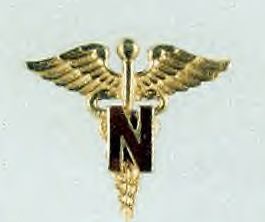
US Army Nurse Corps Caduceus, WWII
Sources:Brayley, Martin. World War II Allied Nursing Services. Oxford: Osprey Publishing, 2002. (Detailed description of military nurses’ uniforms).
The post Army Nursing in World War II – Uniforms first appeared on Sarah Sundin.Today in World War II History—August 12, 1940 & 1945
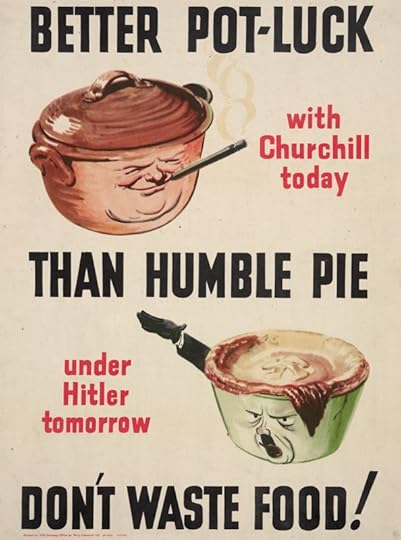
British poster, WWII (Imperial War Museum: IWM PST 3108)
85 Years Ago—Aug. 12, 1940: Second phase of Battle of Britain begins, as Luftwaffe switches attacks from shipping to RAF airfields and aircraft plants to prepare for invasion—the first true strategic air operation in history.
Luftwaffe first attacks British radar stations; disruption to the Ventnor radar station on the Isle of Wight leaves hole in radar.
First German artillery shells land on British soil, destroying four homes in Dover.
Britain declares wasting food to be illegal.
80 Years Ago—Aug. 12, 1945: US announces Japan can keep Hirohito as emperor, but only if he is not proclaimed to be divine.
Soviets invade Japanese-occupied Korea.
The post Today in World War II History—August 12, 1940 & 1945 first appeared on Sarah Sundin.August 11, 2025
Today in World War II History—August 11, 1940 & 1945
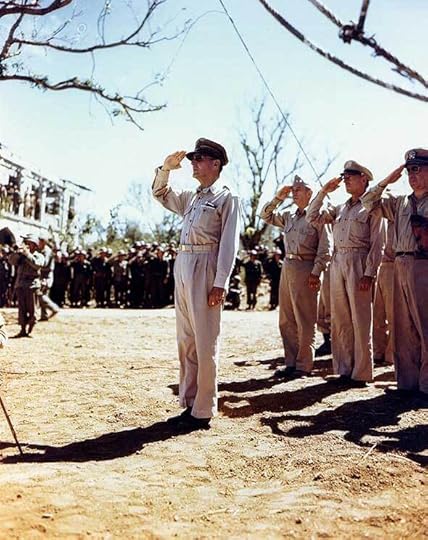
Gen. Douglas MacArthur, Philippines, 1 Aug 1945 (US National Archives: USA C-2405)
85 Years Ago—Aug. 11, 1940: German Messerschmitt Bf 109s first operate as fighter-bombers, against British ships.
In Paris, Germans form Einsatzstab Reichsleiter Rosenberg to loot art from Jews.
80 Years Ago—Aug. 11, 1945: US Gen. Douglas MacArthur is declared Allied Supreme Commander, with the authority to accept a Japanese surrender.
Dai Viet (Nationalist Party of Greater Vietnam) holds a demonstration in Hanoi, French Indochina, in support of the Vietnamese royal government and an independent Vietnam.
Congress declares the first week in October of each year to be designated as National Employ the Physically Handicapped Week (now called National Disability Employment Awareness Month).
Movie premiere of comedy Christmas in Connecticut, starring Barbara Stanwyck and Dennis Morgan.
The post Today in World War II History—August 11, 1940 & 1945 first appeared on Sarah Sundin.August 10, 2025
Today in World War II History—August 10, 1940 & 1945
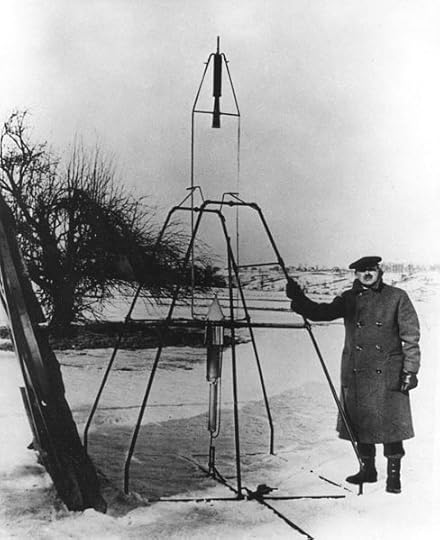
Dr. Robert H. Goddard and a liquid oxygen-gasoline rocket at Auburn, MA, 8 March 1926 (NASA photo)
85 Years Ago—Aug. 10, 1940: British agree to withdraw from Shanghai and northern China to appease Japan and to reinforce Singapore and India.
In occupied Belgium, Germany bans listening to the BBC on the radio.
80 Years Ago—Aug. 10, 1945: Emperor Hirohito tells Japanese government to accept Potsdam Declaration demanding unconditional surrender; Japanese send word to US that they will surrender if they can retain Hirohito as emperor.
Dr. Robert H. Goddard, engineer who built the world’s first liquid-fueled rocket, dies of throat cancer in Baltimore, MD, age 62. (Read more about Goddard: “The Moon Landings–The World War II Connection”)
The post Today in World War II History—August 10, 1940 & 1945 first appeared on Sarah Sundin.August 9, 2025
Today in World War II History—August 9, 1940 & 1945
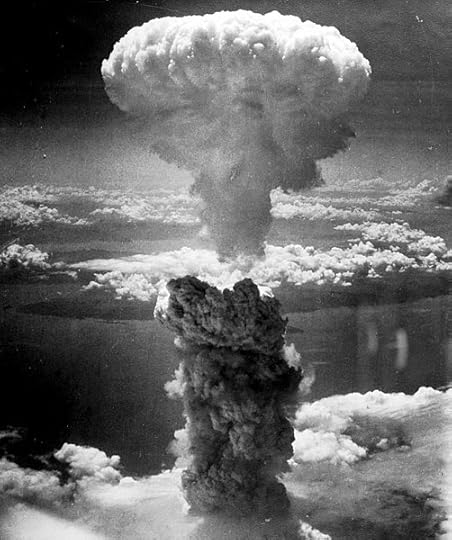
Mushroom cloud over Nagasaki, Japan, 9 Aug 1945 (US National Archives: 535795)
85 Years Ago—Aug. 9, 1940: Hermann Göring orders Luftwaffe to destroy RAF fields, control centers, and radar.
In past month the RAF has lost 84 fighters, while the Luftwaffe has lost 227 aircraft.
Romania passes antisemitic laws, bans marriage between Christians and Jews, bans Jewish and mixed-race children from state schools, and bans Jews from public or military service.
80 Years Ago—Aug. 9, 1945: Atomic bomb is dropped on Nagasaki by US B-29 Bock’s Car, flown by Maj. Charles Sweeney; about 35,000 killed.
Soviets invade Japanese-occupied Manchuria with 1.5 million soldiers.
Last Victoria Cross of WWII is awarded posthumously to Canadian Corsair pilot Lt. Robert Hampton Gray for sinking Japanese destroyer Amakusa.
The post Today in World War II History—August 9, 1940 & 1945 first appeared on Sarah Sundin.August 8, 2025
Today in World War II History—August 8, 1940 & 1945

Recruiting poster for pilots for the US Marine Corps, WWII
85 Years Ago—Aug. 8, 1940: Luftwaffe intensifies bombing of British ports; 450 aircraft attack British convoy CW-9 off Sussex, the largest shipping attack so far.
Romania signs an economic treaty with Germany, ceding most of its oil and grain production to Germany.
80 Years Ago—Aug. 8, 1945: The Soviet Union declares war on Japan.
President Truman threatens further atomic destruction if Japan doesn’t surrender.
A US Marine Corps F6F Hellcat downs a Japanese fighter near Okinawa, the last of 2,439 victories by USMC pilots in WWII.
The post Today in World War II History—August 8, 1940 & 1945 first appeared on Sarah Sundin.


